Apple trees are one of the most popular fruit trees in the world, producing delicious and nutritious apples that can be eaten fresh, cooked, juiced, or fermented. However, apple trees are also sensitive to environmental factors, such as rainfall, that can affect their growth, health, and yield.
Rainfall is essential for apple trees, as it provides water for photosynthesis, transpiration, and nutrient uptake. Rainfall also helps to wash away dust and pests from the leaves and fruits and to prevent drought stress. However, too much or too little rainfall can have negative effects on apple trees.
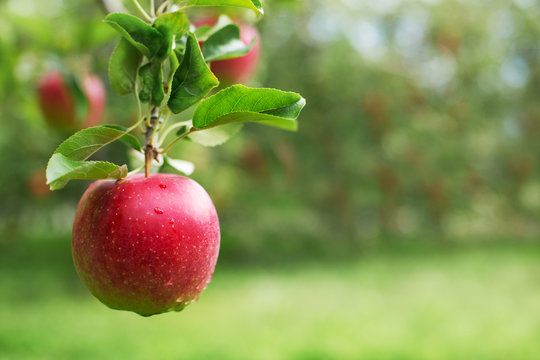
Too much rainfall can cause several problems for apple trees, such as:
Negative effects
- Root rot: Excessive moisture in the soil can reduce oxygen availability and promote fungal growth, leading to root decay and reduced water and nutrient absorption.
- Leaf diseases: High humidity and wet foliage can create favorable conditions for fungal and bacterial infections, such as apple scabs, powdery mildew, fire blight, and cedar apple rust. These diseases can reduce photosynthesis, defoliate the tree, and damage the fruits.
- Fruit cracking: Sudden changes in water availability can cause osmotic stress and cell rupture in the fruit skin, resulting in cracks that expose the flesh to pathogens and insects.
- Fruit drop: Excessive rainfall can also cause physiological disorders, such as water core and bitter pit, that affect the quality and taste of the fruits. These disorders can trigger premature fruit drop and reduce yield.
Too little rainfall can also cause problems for apple trees, such as:
- Water stress: Insufficient water in the soil can limit photosynthesis, transpiration, and nutrient uptake, resulting in stunted growth, wilting, leaf scorching, and reduced fruit size and quality.
- Pest infestation: Dry conditions can attract pests, such as mites, aphids, borers, and caterpillars, that feed on the leaves and fruits of apple trees. These pests can reduce photosynthesis, transmit diseases, and cause cosmetic damage to the fruits.
- Sunburn: Low humidity and high temperature can increase evaporation and radiation stress on the leaves and fruits of apple trees. This can cause sunburn symptoms, such as browning, blistering, cracking, or corking of the fruit skin.
Positive effects
- Water supply: Rainfall provides the necessary water supply for apple trees to grow and produce fruit.
- Nutrient absorption: Rainfall can help dissolve and distribute nutrients in the soil, making them more available for the apple tree to absorb.
- Cool temperature: Rainfall can help cool down the temperature, which is beneficial for apple trees as they prefer cooler temperatures.
How to Manage
Rainfall is a crucial factor that influences the growth and productivity of apple trees.
Apple growers need to monitor rainfall patterns and adjust their irrigation and management practices accordingly to optimize water use efficiency and prevent water-related problems.
Some of the best practices include:
- Choosing drought-tolerant and disease-resistant apple varieties
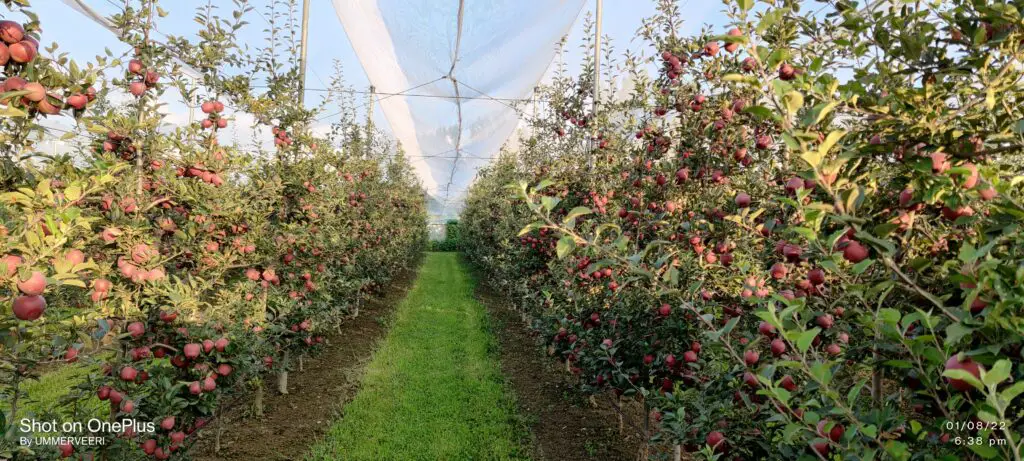
- Applying organic mulch to conserve soil moisture and suppress weeds
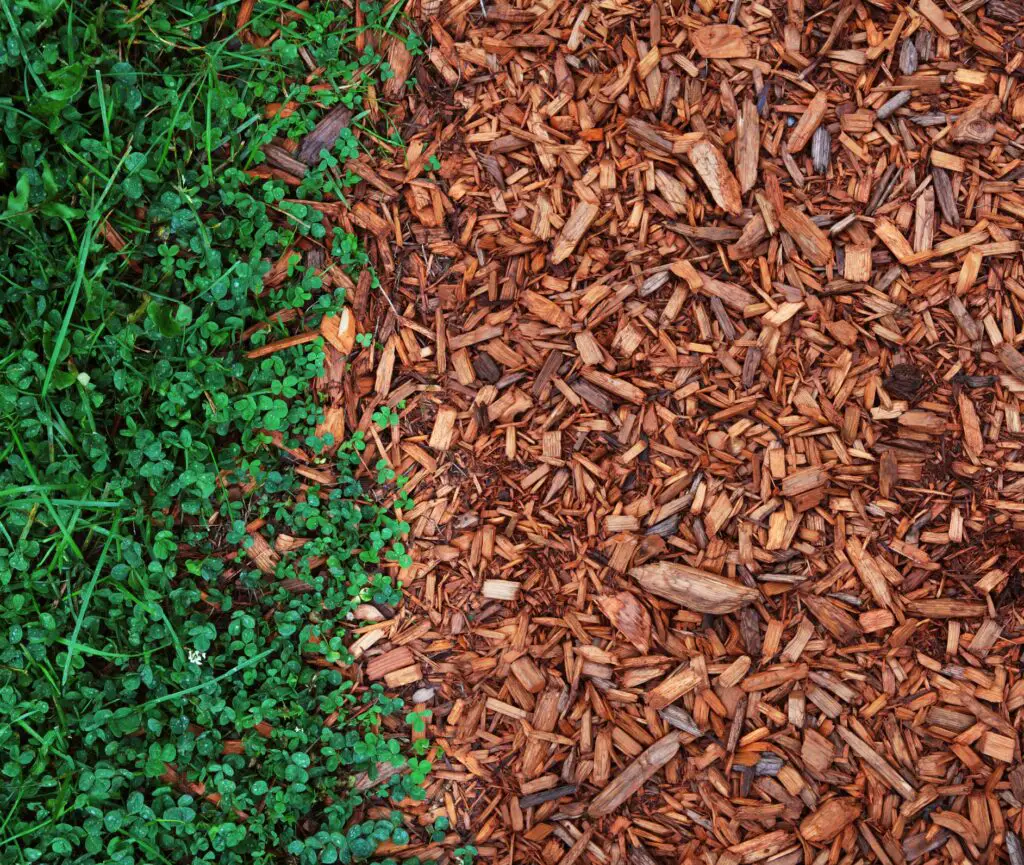
- Pruning the tree to improve air circulation and light penetration

- Installing drip irrigation systems to deliver water directly to the root zone
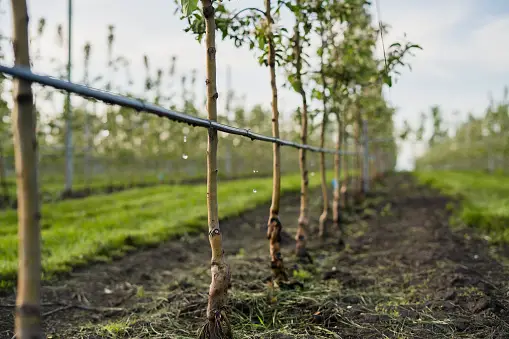
- Applying fungicides and pesticides to control diseases and pests
- Harvesting the fruits at the optimal maturity stage to avoid cracking and dropping
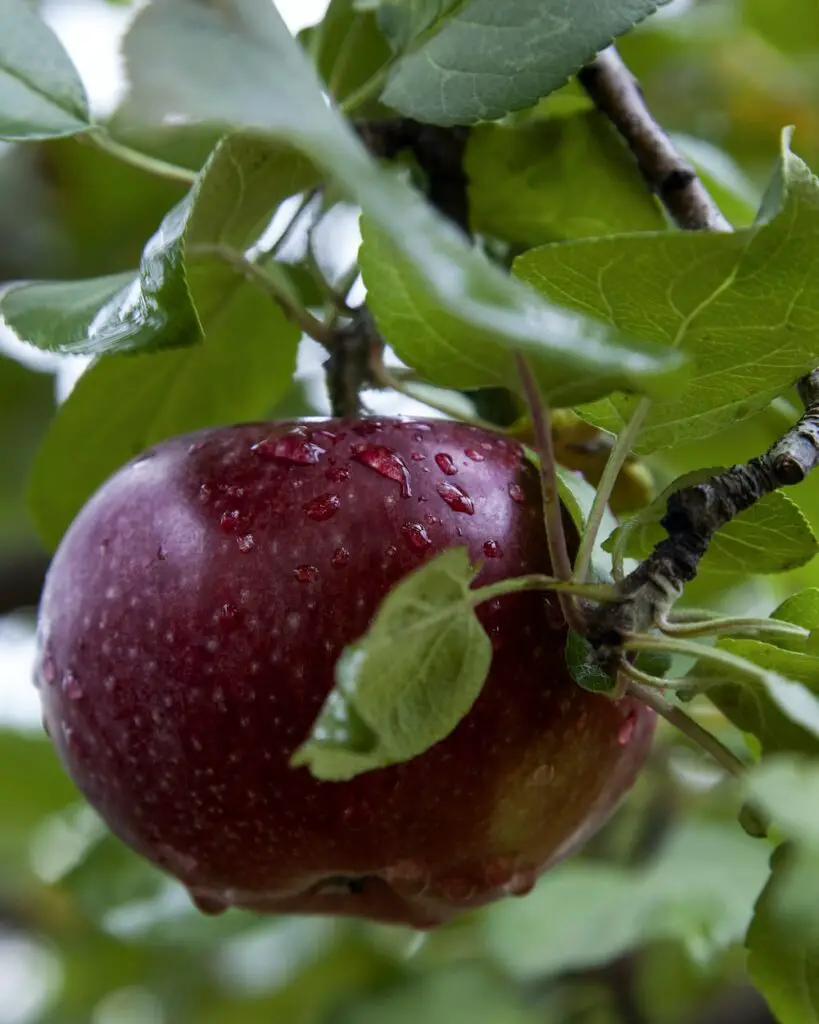
Final Thoughts
By following these practices, apple growers can ensure that their apple trees receive adequate rainfall without suffering from its adverse effects.
In conclusion, while rainfall is essential for apple tree growth and fruit production, excessive or poorly timed rainfall can have negative effects.
It’s important to monitor rainfall levels and take steps to mitigate any potential damage.



